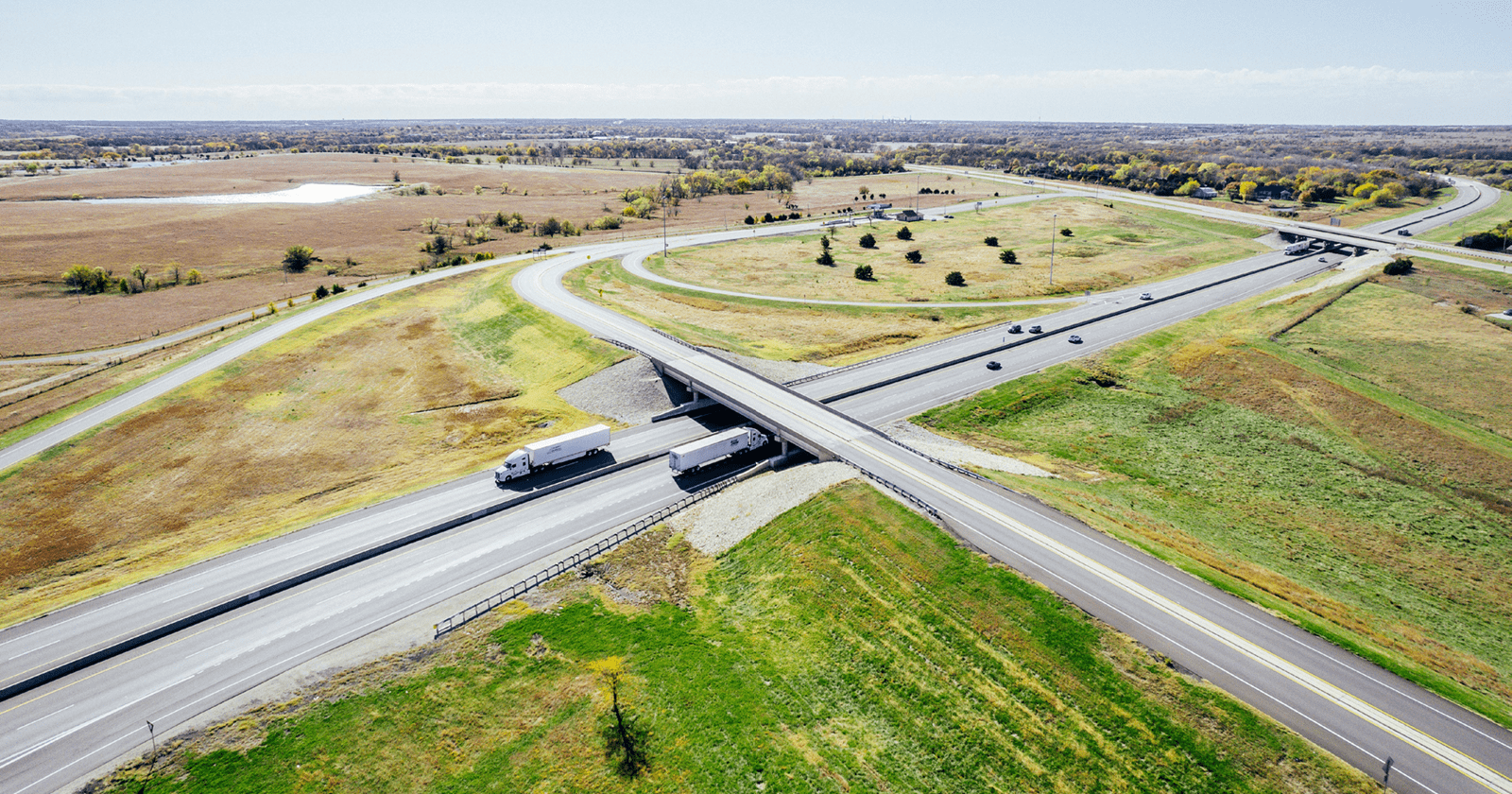
Highway Modernization Brings Aging Infrastructure Up to Current Standards
April 19, 2024
There’s nothing new about roads. Even before we had a highway system or even cars, roads existed to help people get from place to place. They might not have looked like the roads we have today, but they served the same purpose.
Today’s roads and highways are aging. The interstate system in the U.S. was instituted nearly 70 years ago when President Eisenhower signed the Federal-Aid Highway Act of 1956. Many of our interstates still contain at least some of that original infrastructure though much of our highway system has been updated in large and small ways since the 1950s.
Updating our roads and highways is a constant project. With nearly 4.1 million miles of navigable roadways in the United States, including 47,432 miles of interstate highways, keeping the country’s roads and highways in good condition and goods and people flowing is more than a full-time job.
Modernizing the roadways
One way states keep people moving on the highways and roads is through modernization programs. The term “modernization” sounds like something you might do when you need a new computer or you want to convince your grandma to get a smart phone, but when it comes to roads it’s not that simple.
Sure, it would be great to replace an aging road with a new one, but new roads and highways are expensive. If states start replacing roads and highways, it limits the number of miles the state can improve.
“Modernization means we’re improving highways to bring them up to more current standards,” says Jay Anglemyer, civil engineer and principal for MKEC. “A good example is where the Kansas Department of Transportation is investing in widening shoulders. As traffic volumes increase on roads, it’s safer to have wider shoulders than what’s currently there or paved shoulders where they currently have grass or rock shoulders.”
Modernization projects also include things like straightening out a curve to make the turn safer or upgrading guardrails to meet new standards.
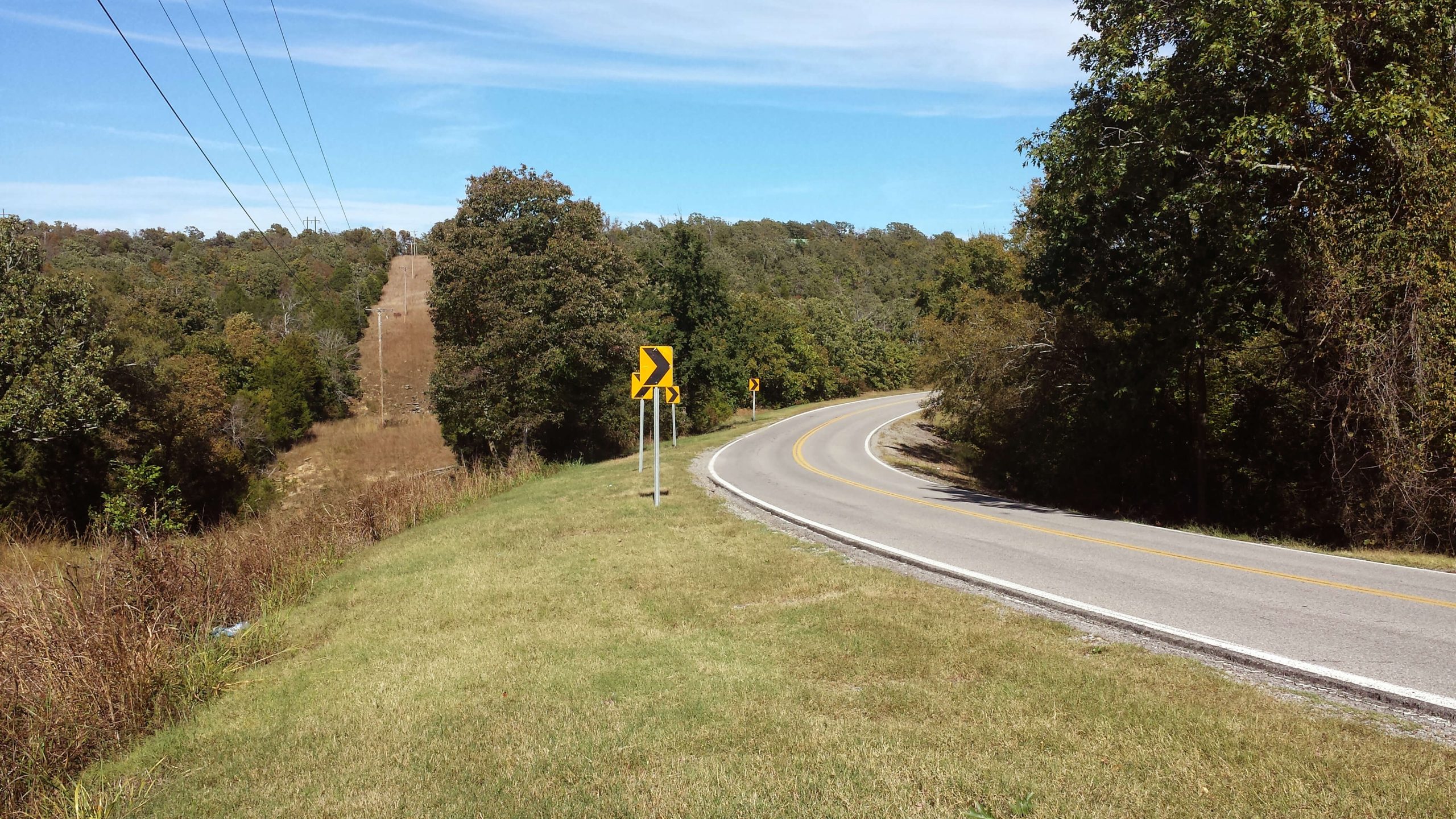
Putting safety first
“The biggest thing is safety,” says Greg Sparks, transportation lead and principal for MKEC. “There’s a reason why these highways have to be improved whether it’s accident history or poor geometrics. You have to improve these locations to improve the safety of the driving public.”
Anglemyer agrees. “The demand for safety is so much greater today. When it was originally built, the traffic volumes using that highway were a lot less than they are today. Especially truck traffic volumes have gone up at a higher rate than normal traffic volumes.”
One project we’ve been a part of is right here, close to our Wichita office. “The K-42 project southwest of Wichita is a good example of how much traffic volumes have changed,” Anglemyer says. “The section we’re designing was built four different times from the early 1940s and ’50s.”
When originally constructed there were about 2,000 vehicles per day. Today, current traffic is around 5,300 vehicles per day with a projected increase to 6,700 vehicles per 20 years from now.
And it’s not just traffic volumes that have increased. “Add speed to that as well,” Sparks says. “We’re designing highways for 75-80 miles per hour. The industry has collected data throughout the years but there was limited data when these roads were built in the ’40s and ’50s. With more data, we have better safety.”
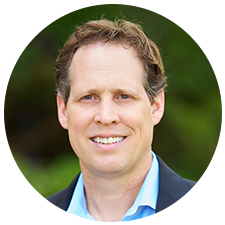
“The biggest thing is safety, you have to improve these locations to improve the safety of the driving public.”
Greg Sparks, Transportation Manager, Principal
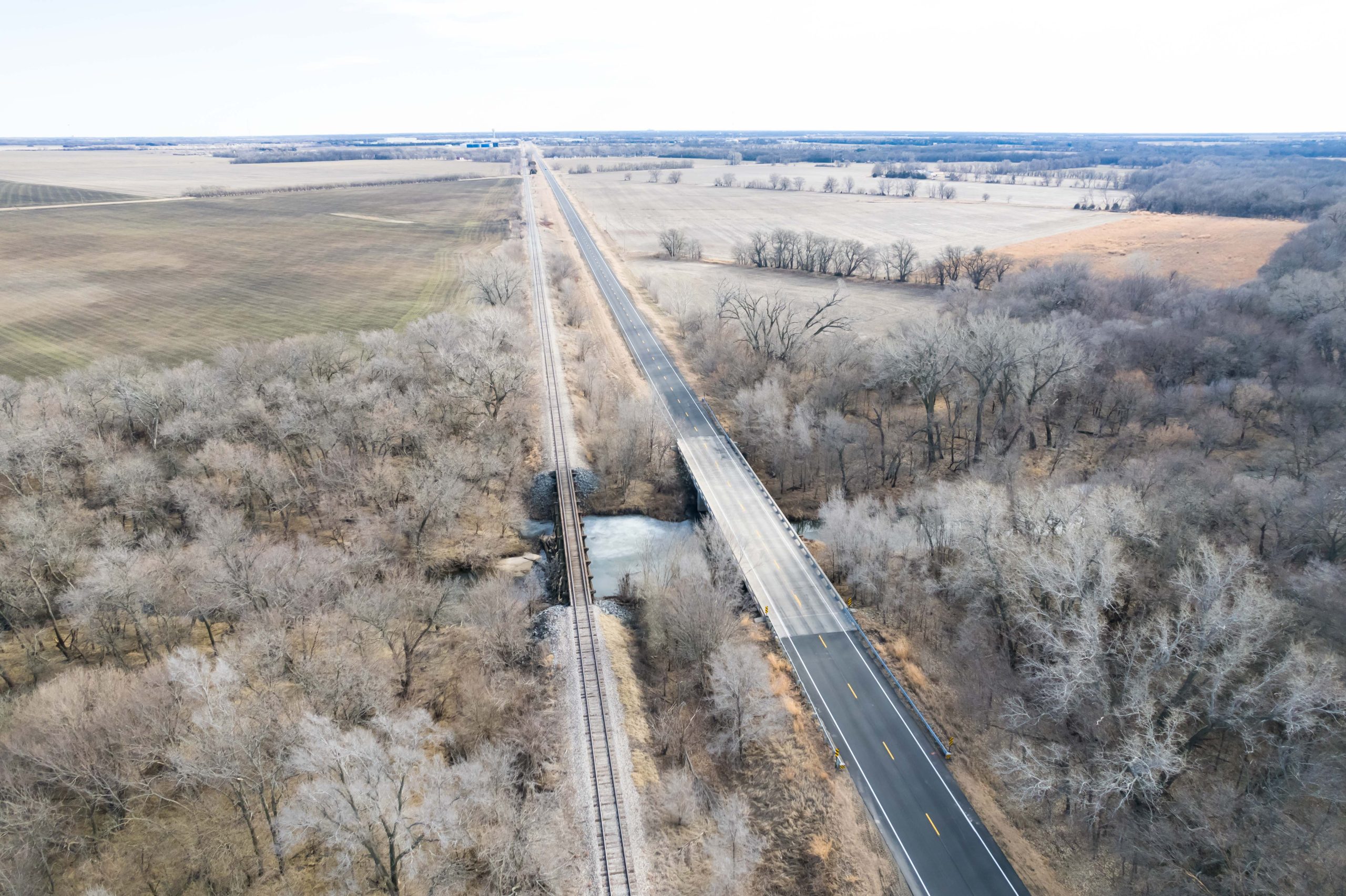
Taking it step by step
Modernization projects differ from expansion projects because we’re working with a road that already exists, which means we also have to work around the infrastructure and buildings that sit near the road. That’s why our first step in any road modernization project is to survey the area and determine the highway classification.
After that, following AASHTO and local DOT criteria, we create a typical section that is applied to the entire roadway. This helps us to see the impacts any additions like wider shoulders will have on environmental impacts, utilities and structures or infrastructure near the road.
“We analyze everything case by case,” Sparks says. “We look at the accident history at the curves. If they’re not up to standards and have an accident history, we’ll suggest geometric improvements to improve safety. We review the entire project with geometric safety improvements in mind and make necessary adjustments to the typical section after reviewing the impacts caused.”
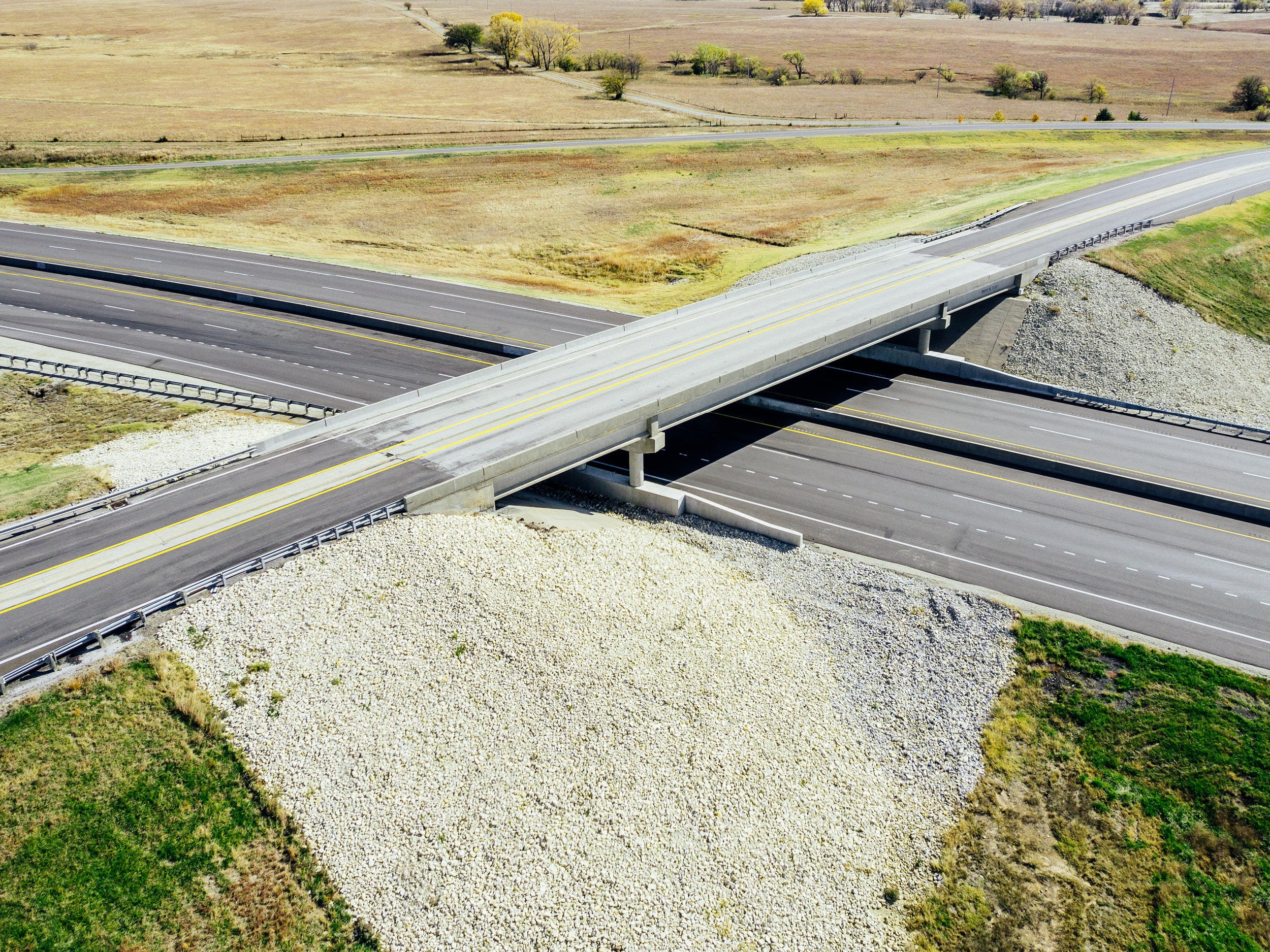
Communicating with the client
Whether we’re widening a shoulder, smoothing out a curve, or designing around an existing structure, communication with our clients is a key to the success of the project.
“Another step on the modernization projects is sitting down with the client and discussing what the design parameters are,” Anglemyer says. “We work to provide a design standard document that is negotiable.”
Our goal is always to provide quality work that takes into account all the factors to create good design that benefits the public and fits the budget.
“One of the things I heard recently from a few different clients is how easy it is to work with us,” Sparks say. “We’re responsive and go out of our way to find options and recommendations for them. We go into it with solutions in mind.”
That attitude sets MKEC apart from other firms. “We think outside the box,” Anglemyer says. “We don’t do it the cookie-cutter way. We think critically about what’s going to be the best solution given the situation. We show clients on a very broad level here’s what we can do if we flatten this curve out to 60 mph but here’s what it looks like at 70 mph. We give the client options. It’s more of an interactive process with the client to figure out the best solution.”
And our plan is for those solutions to keep roads and highways safe and accessible for Americans far into the future.
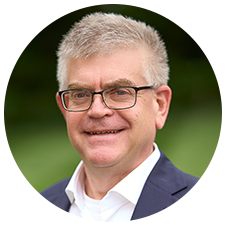
“We think critically about what’s going to be the best solution given the situation. We give the client options and it’s an interactive process to figure out the best solution.”
Jay Anglemyer, Civil Engineer, Principal

